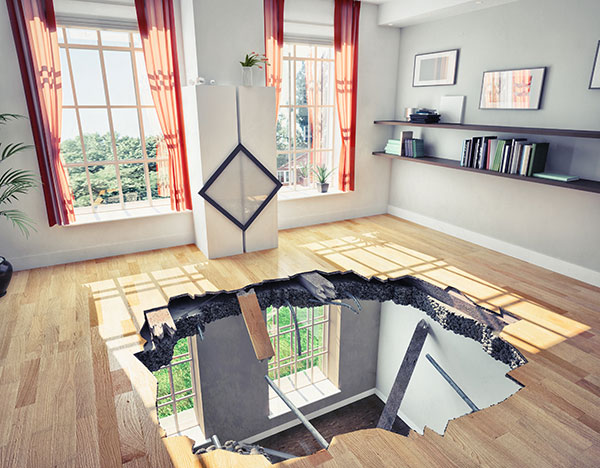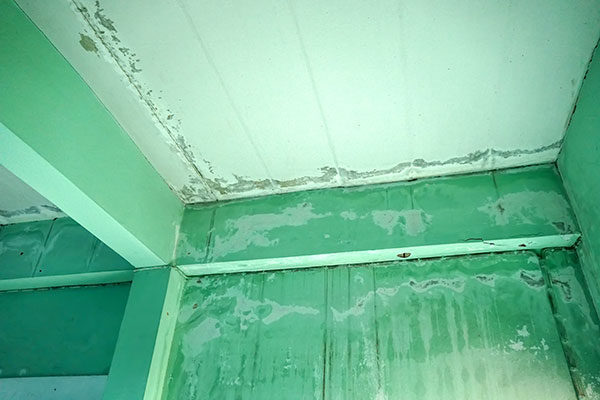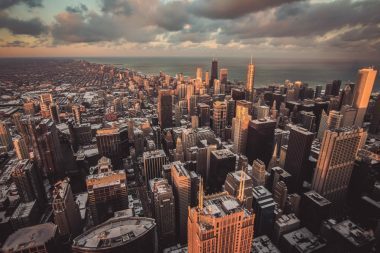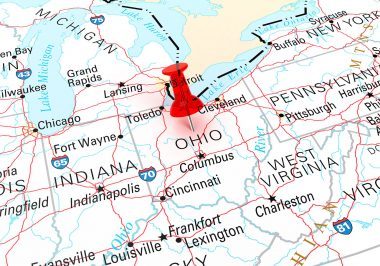Blog Guides Ceiling and lighting
Ceiling collapse reasons and what to do about it?
Top blog articles
Most people rarely think about their ceiling until something goes wrong. However, if not properly maintained, ceilings can collapse, leading to serious consequences, including injuries and property damage. A spontaneous ceiling collapse can occur without warning, and recognizing early warning signs is crucial. Property managers and homeowners must regularly inspect ceilings to identify and address potential issues before they escalate. Here are some of the things you should know if your ceiling collapses and why hiring a lawyer is the most practical thing to do.
What would cause a ceiling to collapse?

They can collapse for multiple reasons, including:
Fire
Fire can compromise the structure and supports that hold the ceiling in place, leading to a collapse. Fire damage weakens these supports, and when pieces of the ceiling fall, they can cause significant injuries. Burned fragments may have sharp edges, posing risks of physical harm.
Structural issues
Buildings that don’t meet local building codes and regulations may be at a higher risk of collapse. Structural imperfections can manifest as cracks in the ceiling or visual cracking, both of which are red flags that should not be ignored. If building materials or structural designs do not comply with required standards, they may be unable to bear the necessary loads, especially over prolonged exposure to stress or weight.
Collisions and heavy loads
Collisions with cranes or heavy equipment near the roof can compromise the ceiling’s integrity. Additionally, excessive weight from storage, renovations, or improper installations can lead to stress fractures, cracking sounds, or even a complete collapse.
Water leaks
Water damage is a major factor in ceiling collapse cases. Issues like leaky pipes, faulty insulation, plumbing issues, or poor gutter maintenance can cause water to accumulate over time, causing materials. This prolonged exposure to moisture can weaken the ceiling, leading to sagging and eventual collapse.
Signs of a Potential Ceiling Collapse
There are several signs that may indicate a ceiling is at risk of collapsing. These include:
- Creaking or popping noises coming from the ceiling
- Cracks in the ceiling, including visual cracking or spiderweb-like fractures
- Sagging or bowing ceilings, which indicate structural weakening
- Water damage, such as stains, discoloration, or mold growth
- A sudden cracking sound, which could signal imminent failure
If you notice any of these signs of a ceiling collapse, it is essential to take immediate action to prevent further damage or injury.
What to do when a ceiling collapses
If a ceiling collapse occurs, follow these steps:
- Inspect for Injuries and Structural Damage. Check for ceiling collapse injuries and ensure that no one is trapped in the debris. Call emergency services if anyone is hurt or if there’s extensive damage to the property.
- Document the Damage. Take photos and videos of the damage, noting any potential causes, such as visible cracks or water stains. Creating a detailed report can help with insurance claims and any legal proceedings that may follow.
- Notify Your Insurance Company. Contact your insurance provider to file a claim. Many property owners also consult a ceiling collapse lawyer or a personal injury attorney to discuss liability issues and potential compensation for damages, including medical bills.
Seek Professional Help for Clean-up and Restoration. After documenting the damage, a professional restoration team can handle the clean-up. In cases where negligence or poor construction is suspected, a premises liability lawyer may be able to advise on further actions.
Is it common for a ceiling to collapse?

While ceiling collapse is not common, certain factors increase the risk, including poor maintenance, old building age, and failure to meet structural requirements. Factors like leaks, heavy loads, vibrations, and environmental conditions can all contribute to weakening ceilings over time. In cities like New York, ceiling collapse cases are sometimes reported due to the dense building environment and aging infrastructure. Property owners are encouraged to schedule regular inspections and address any signs of damage immediately to prevent potential collapses.
How do I know if my ceiling is going to collapse?
There are several signs that may indicate that a ceiling is at risk of collapsing. These include:
- Visible cracks or sagging in the ceiling
- Water damage or stains on the ceiling
- A noticeable change in the level of the ceiling
- Signs of mold or mildew growth
- A musty or damp odor in the room
If you notice any of these signs, it is important to have the ceiling inspected by a professional as soon as possible to determine the cause and any necessary repairs. In the meantime, it is best to avoid using the room if there is a risk of collapse. Among these:
Sinking
It can occur at any point on the roof, for example, in the center of the roof. This is usually the starting point and the most noticeable.
Note that sagging can also occur closer to one of the interior walls. The tension generated by the sagging ian trigger a reaction that affects the entire ceiling. Although the cost of fixing the sagging ceiling is considerable, it is less than dealing with the aftermath of a collapse.
Cracks
Even if they are small, they indicate that something is going on and that the roof or supports are no longer as strong as they once were. Small blisters appear around nails and screws, this is an index of damage and danger. As with subsidence, taking steps to repair the damage and stabilize the roof could prevent a total collapse.
It is extremely important that the roofs have constant maintenance, almost monthly, revision, to see what is happening, what is missing, and what can be improved, because it is the protection of the house from the outside. A ceiling with up-to-date maintenance should not collapse. If it does collapse, immediate action must be taken to begin the process with the insurance company and the municipality.
How to Prevent Ceiling Collapse
While ceiling collapse is not common, certain factors increase the risk, including poor maintenance, old building age, and failure to meet structural requirements. To maintain structural integrity and peace of mind, property managers and homeowners should:
- Regularly inspect ceilings for damage, especially in older buildings.
- Identify and address early warning signs, such as small cracks or water leaks.
- Ensure proper load distribution and avoid overloading storage spaces.
- Hire professional contractors for repairs to ensure compliance with safety standards.
Take immediate action upon hearing a cracking sound or noticing signs of ceiling failure.
Bottom line
A ceiling collapse can be a dangerous and costly event, often resulting in property damage and even severe injuries. In such cases, medical bills, lost property, and damages may quickly add up. For New York City residents or those in other high-density areas, maintaining building codes and inspecting for potential ceiling issues is especially important. Property owners who ignore signs of damage or fail to maintain their buildings may be held liable in ceiling collapse cases. Consulting with a ceiling collapse attorney can help determine if you are eligible for compensation to cover the costs, especially if the collapse occurred due to a third party’s negligence. Taking preventive measures and addressing early warning signs can protect both the property and its occupants from future incidents.










Your opinion matters, leave a comment